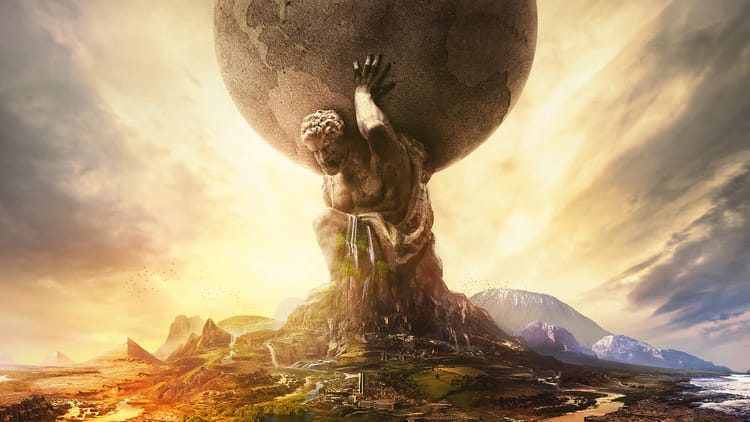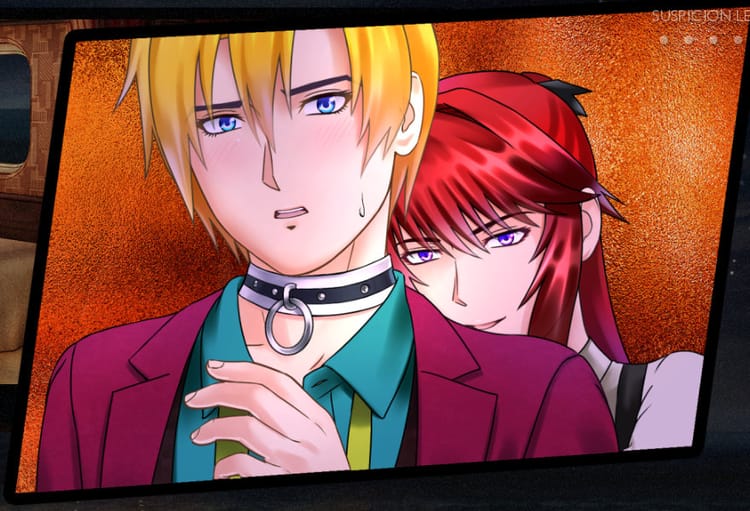Review: Dragon Age II
If I had to give a one-sentence review of Dragon Age II, it would be this: The Qunari have horns in Dragon Age II. To employ the delicate phrasing of the Dragon Age Wiki, “In Dragon Age II, it is revealed that most Qunari have horns.” This is an expert use of the passive voice: No agent is required; no fingers need be pointed. The horns simply had been there all along. (Of course, there’s a term for that. Some aberrant Qunari are born without horns, and other Qunari remove theirs, although—as the Wiki so gently puts it—”the reason for this … is not yet clear.”)
This is a trivial thing, of course; horns do not change the outcome of the game, and I think few would argue that this is not eminently more badass than this. The horns, in fact, don’t matter at all—except as a symbol. What they represent is the fundamental conflict of DA2: the way in which it is a soaring success, and the ways in which it falls ingloriously short.
What is beautiful about Dragon Age II is how completely the game takes up the work of building Thedas, the game’s imaginary world. It is an elegantly complex world, with its own politics, history, religion, and mythology, and DA2 takes a risk few games do: It drops players into the world concurrently with the events of its predecessor, Dragon Age: Origins. As a result, we get to see many of the characters we knew and loved (sometimes literally) from DA:O—Flemeth, Zevran, Alistair, and Leliana all made an appearance in my game, and 75 percent of those people I have slept with. The story overlaps with that of the first game, but is separated by geographical distance and just enough time that your choices in DA:O affect the world of DA2. Having played the first game, this made DA2 feel like I was working within a world of my own making—a hard thing to accomplish.
This is the same Thedas I have come to love, even in the subtle ways. Brother Genitivi is still running around writing about everything, and Dwarves swear by Andraste’s ashes. The rich mythos of the Dragon Age universe rests under and behind everything in the game, and this makes the game immersive.
When the characters step down from being political caricatures—more on this momentarily—many of them are engaging and endearing. Merrill is quirky, naive, and eminently charming, even as she is making deals with demons. Isabela, a landlocked pirate and another holdover from DA:O, earned my enduring affection by uttering the line, “I like big boats. I cannot lie.” At these times, the characters are just developed enough to become invested in, to feel betrayed by, to be furious with, to smile over.
But it is just this kind of nod from Isabela that undermines the work of DA2. As I said, the history of Thedas is rich and complex, but I am pretty sure it does not include Sir Mix-A-Lot. These kinds of allusions pull us out of the world, what John Gardener calls the fictional dream. For a game whose appeal is so rooted in its ontology, setting aside the fourth wall seems an unnecessary risk.
Dragon Age II trusts us too much, or not enough.
At the core it’s a matter of trust. In my second playthrough of Dragon Age II, Isabela and I had a brief encounter with Alistair. “You look … different,” he said. “Don’t we all?” she replied. And of course, they all do—all of the characters held over from DA:O look completely different, owing to the new game engine powering DA2. And of course, I noticed. But instead of trusting us to accept the change, the developers hung a lampshade from it.
The game’s sense of what its players will and won’t accept seems downright schizophrenic. It assumes that we’ll freak out over an engine upgrade, but that we’ll cavalierly overlook enormous inconsistencies in the game world. In my first playthrough, I was a mage. Specifically, an apostate. More specifically, an apostate blood mage. Which is, in Thedas, more or less the worst thing it is possible to be. So it was a surprise when, toward the end of the game, the Knight-Commander of the Templars, the leader of a group whose specific, Maker-given duty it is to track down and eliminate apostate blood mages, asked me, an apostate blood mage, for help tracking down and eliminating apostate blood mages. The game seemed completely unaware of why this might be problematic.
This was not the only thing I was expected to swallow; there are small absurdities, too, like the fact that every house in Hightown has the same floor plan, only with a different set of locked doors; or that the same cave appears in several places throughout the Free Marches. The maps are confusing and unpredictable, and (my wife notes) every cavern looks like a line drawing of my colon. Urgent matters can be put off for weeks, and groups on the brink of war wait patiently for you to turn up to start fighting.
Perhaps most troublingly, we’re expected not to notice the flatness of the game’s characters. The main story focuses on a political issue—the tensions between Templars and Mages in Kirkwall—and so each of the game’s characters—characters which, in a BioWare game, we are supposed to know and love and woo and lose and weep over—is less a developed individual and more the avatar of a specific political stance. Merrill is the well-meaning blood mage; Fenris is a mage-hating escaped Tevinter slave. Most of the game’s characters break down to such an epithet. As a result, the protagonist Hawke’s ability to interact with each of them is vastly inhibited by her politics, and even the banter between them is restricted to those politics. It’s as if the whole world broke down to Charlton Heston and Gandhi, and all they ever talked about was gun control.
The Qunari have horns in Dragon Age II.
Each of these moments pulls us out of the world, reminds us that we are on our couches, in our underwear, playing a game, and that we have forgotten to fold the laundry.
It is not long into Wayne’s World when Ed O’Neil’s character, Glen, looks into the camera and begins to philosophize—and before he gets two sentences out, Wayne steps in. “What do you think you’re doing?” he asks. “Only me and Garth get to talk to the camera.” The exchange highlights the delicate line that Wayne’s World walks and that Dragon Age II stumbles over like a one-eyed drunk: the balance between the desire to connect directly with the audience, and the need to maintain the fictional dream. The kind of maneuvering that happens in Wayne’s World requires a certain measure of trust in the viewer—a faith on the filmmaker’s part that we will know what is real and what is not, we will know when and why the fourth wall is broken, that we can hold the world together.
Dragon Age II trusts us too much, or not enough. It trusts us to remember our chance encounter with Isabela in a bar in DA:O, and to remember that we knew Merrill briefly, before we became a Warden. And these things we can do. But it also trusts us to overlook a thousand inconsistencies that would be heresies or worse in Thedas. It asks us to accept that Flemeth would wear these two outfits more or less at the same time. It asks us to accept that Kirkwall’s lyrium-fueled architects built epic monuments in stone, but only had like three floor plans for all of the city’s houses. This is too much.
In short, it asks us to accept that the Qunari have horns.
It is impossible to play Dragon Age II without noticing a thousand tiny, niggling things that wake us from the dream. But listen: It is a good dream.



